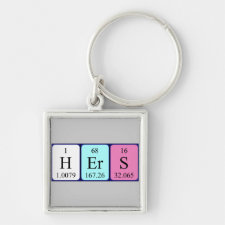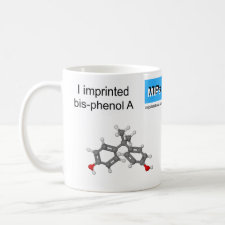
Authors: Watabe Y, Kondo T, Imai H, Morita M, Tanaka N, Hosoya K
Article Title: Reducing bisphenol A contamination from analytical procedures to determine ultralow levels in environmental samples using automated HPLC microanalysis.
Publication date: 2004
Journal: Analytical Chemistry
Volume: 76
Issue: (1)
Page numbers: 105-109.
DOI: 10.1021/ac0301595
Abstract: A new high-performance liquid chromatography (HPLC) method has been developed to detect ultralow concentrations, below 1 ng/L (ppt), of bisphenol A (BPA) using column switching, and electrochemical detection. This HPLC method provided a detection limit of 0.36 ppt BPA and repeatability of 9.3% with a relative standard deviation at 1 ppt (r ) 0.999 with a linear calibration curve over a concentration range of 1-100 ppt.). BPA is inherently ubiquitous in the environment, including the very tools and solvents used for its analysis, so to obtain meaningful results, the overall BPA contamination concentration must be below the detection limit for BPA using the analytical system. Therefore, purified water for preparing the standard BPA solution must be filtered with a hydrophobic membrane to suppress BPA background levels of contamination. In addition, all of the glassware used to prepare the standards and samples for analysis must be treated carefully to eliminate residual BPA contamination. Although BPA-free water and heattreated glassware were used as precautionary measures for analysis, manual preparation and injection resulted in considerable BPA levels that will confound the results. Furthermore, the use of manual injection syringes with a fixed cemented needle also contributed to substantial BPA contamination, even if fluorescence detection was employed. However, manual injection syringes with a removable needle gave rather good results compared to that of the cemented needle type. By employing these precautionary measures and procedures to reduce BPA contamination from the analytical procedure, 1-10 ppt of BPA in environmental water samples was accurately determined using a columnswitching HPLC system. This paper describes a systematic procedure and solution for reducing BPA contamination introduced by methods and procedures to determine a full range of BPA concentrations in environmental samples, such as lake water, even at very low concentrations.



Join the Society for Molecular Imprinting

New items RSS feed
Sign-up for e-mail updates:
Choose between receiving an occasional newsletter or more frequent e-mail alerts.
Click here to go to the sign-up page.
Is your name elemental or peptidic? Enter your name and find out by clicking either of the buttons below!
Other products you may like:
 MIPdatabase
MIPdatabase









